The Wizard of Oz by L. Frank Baum
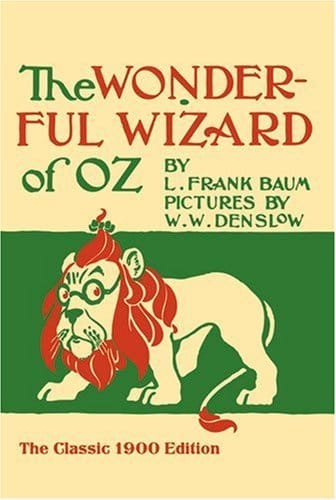
A With Both Hands Mini-review
The Wizard of Oz by L. Frank Baum is a book so famous it is almost forgotten. That sounds like it should be impossible, but what I mean is that the story's very popularity has ensured that the plot and characters are enshrined in popular culture while hardly anyone reads the book itself. When I was a kid, the movie starring Judy Garland was endlessly replayed on television, while now the pre-eminent adaption is the musical Wicked. Yet who has read The Wizard of Oz?
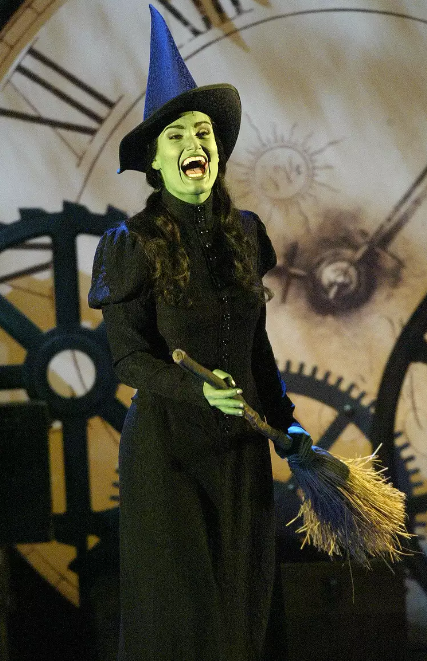
The book itself is simple in structure. Each chapter is almost entirely self-contained, with a difficulty encountered and overcome in each one. It would have made a good serial. The book is pitched at a pretty young audience, probably 10 years old or less for a kid reading it themselves, or a bit younger if you are reading aloud. Yet, as simple as it is, The Wizard of Oz does just what a fantastic adventure ought to do.
I set out to read [or re-read, I'm not quite sure] The Wizard of Oz because of what Misha Burnett said about Baum on X/Twitter:
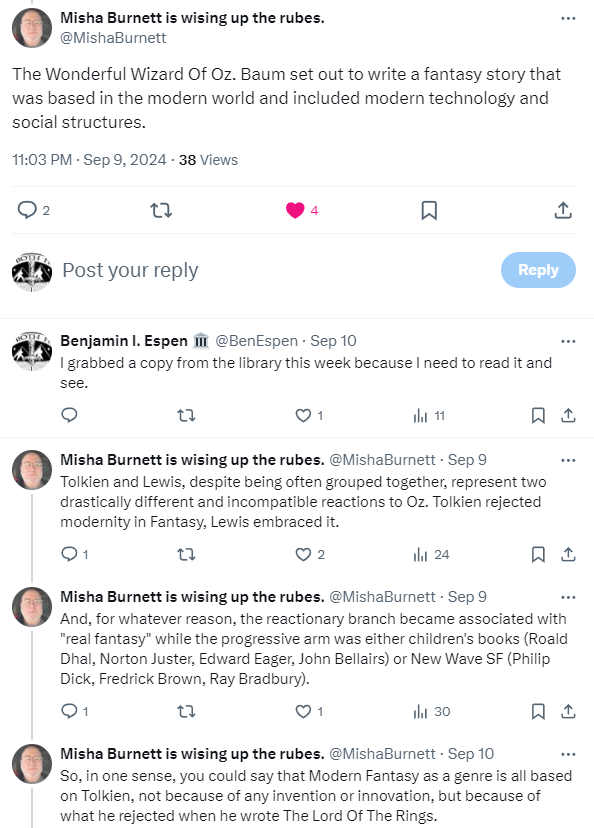
Misha is an advocate for modes of storytelling that seem to get forgotten whenever people get to talking about what fantasy is and how it got that way. Misha argued that Baum set out to write a story that was grounded in the [then] contemporary world, and I think there is a lot to be said for this point of view.
To begin with, Baum says exactly this in the "Introduction" to The Wizard of Oz:
Folklore, legends, myths and fairy tales have followed childhood through the ages, for every healthy youngster has a wholesome and instinctive love for stories fantastic, marvelous, and manifestly unreal. The winged fairies of Grimm and Andersen have brought more happiness to childish hearts than all other human creations.
Yet the old time fairy tale, having served for generations, may now be classed as "historical" in the children's library; for the time has come for a series of newer "wonder tales" in which the stereotyped genie, dwarf, and fairy are eliminated, together with all the horrible and blood-curdling incidents devised by their authors to point a fearsome moral in each tale. Modern education includes morality; therefore the modern child seeks only entertainment in its wonder tales and gladly dispenses with all the disagreeable incidents.
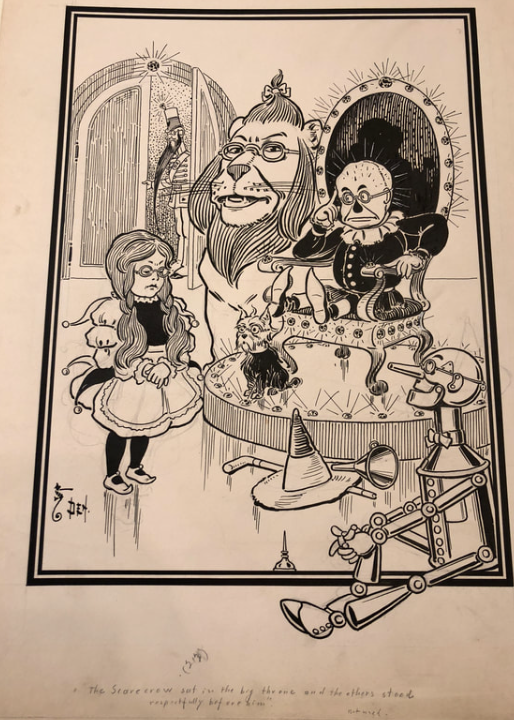
However, one might also note that while Baum did write a modern wonder story, he very much included both horrible and blood-curdling incidents and moral education in The Wizard of Oz. The manner in which the Tin Man describes his cursed axe slowly chopping him to bits was so gruesome it took my breath away, although I suspect it would mostly go over the head of a child. Also, the "gifts" of the Great and Terrible Oz to the Tin Man, the Scarecrow, and the Cowardly Lion are as clear an example of moral instruction as anything to found in the collections of the Brothers Grimm. Which should serve as an excellent reminder to everyone to read a work and not rely exclusively on anything an author says, because whether from self-deception or misdirection or another cause entirely, Baum's "Introduction" is not actually the same thing an an accurate synopsis of the book, although it might tell us something about the author.
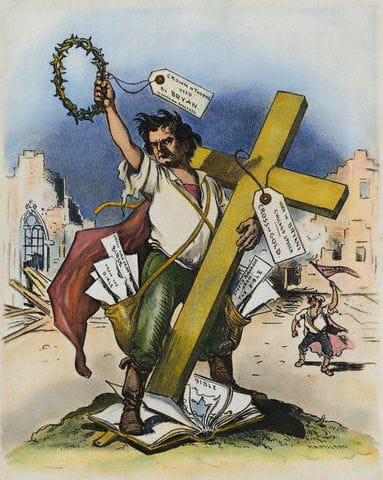
I had heard for years that The Wizard of Oz contained allusions to then current political controversies about gold and silver backed money, but I don't see anything of the sort here. I can certainly see the challenges of life in the American West of the Age of the Robber Barons reflected here, but not much more than that. Maybe some of Baum's many many later stories get into contemporary controversies, but I'm not seeing anything of the sort here.
What I do see here is an inventive and compelling story written in a straight-forward low-mimetic style. The pre-eminent characteristic of a low-mimetic main character is how ordinary they are. Dorothy, other than being an orphan, is a little girl much like any other. Dorothy is neither a warrior nor a magician, unlike so many adventure protagonists. She is simply a kind-hearted girl caught up in something amazing. The only thing that makes her remarkable is what happens to her.
Dorothy also has no character development over the course of the story. There is no Hero's Journey here [no Heroine's journey either]. What character development there is only occurs with Dorothy's supporting characters, and in each case it is limited to one thing only. Yet, these characters are so memorable and so pervasive that everyone knows exactly who they are. I can see why Misha wants to point to Baum as an exemplar of what fantasy can be. The Wizard of Oz probably breaks every rule of how you are "supposed" to write a fantasy, and yet it is an all-time bestseller.
It is well worth your time to read or re-read The Wizard of Oz and see for yourself.
With Both Hands Classics | My other book reviews | Reading Log
Mini-reviews
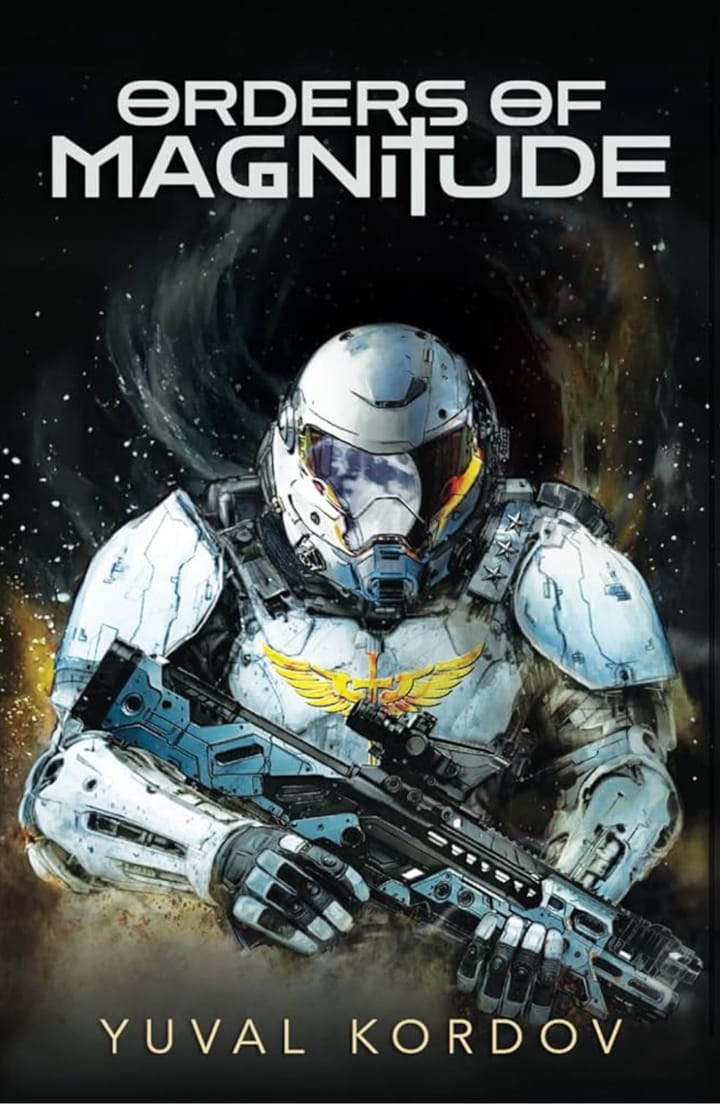
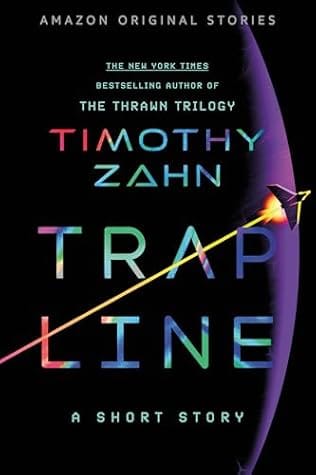

Comments ()